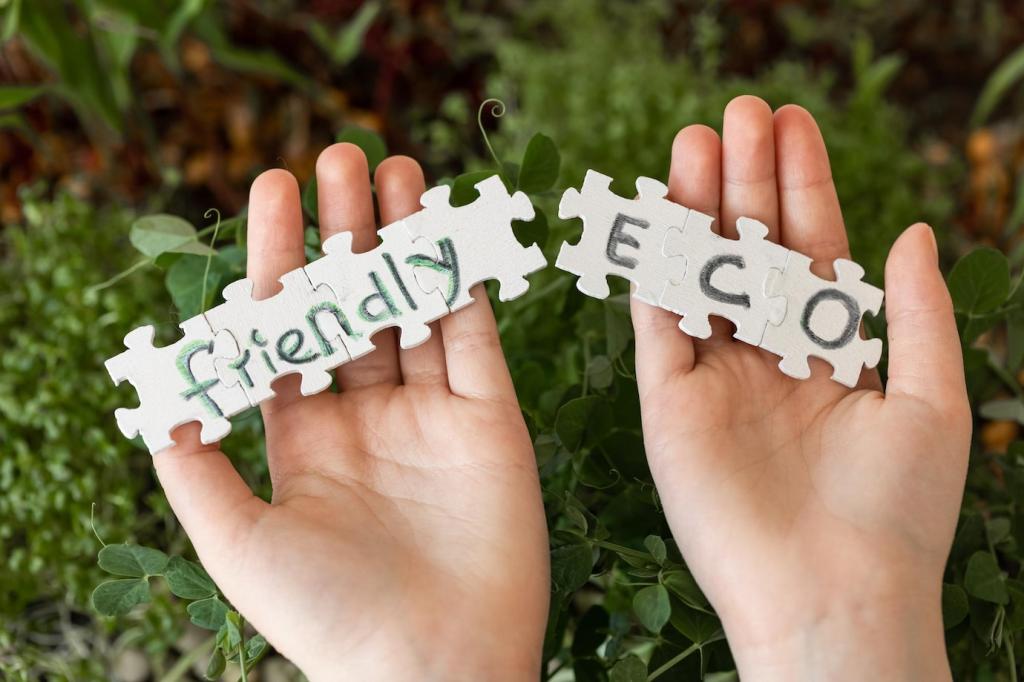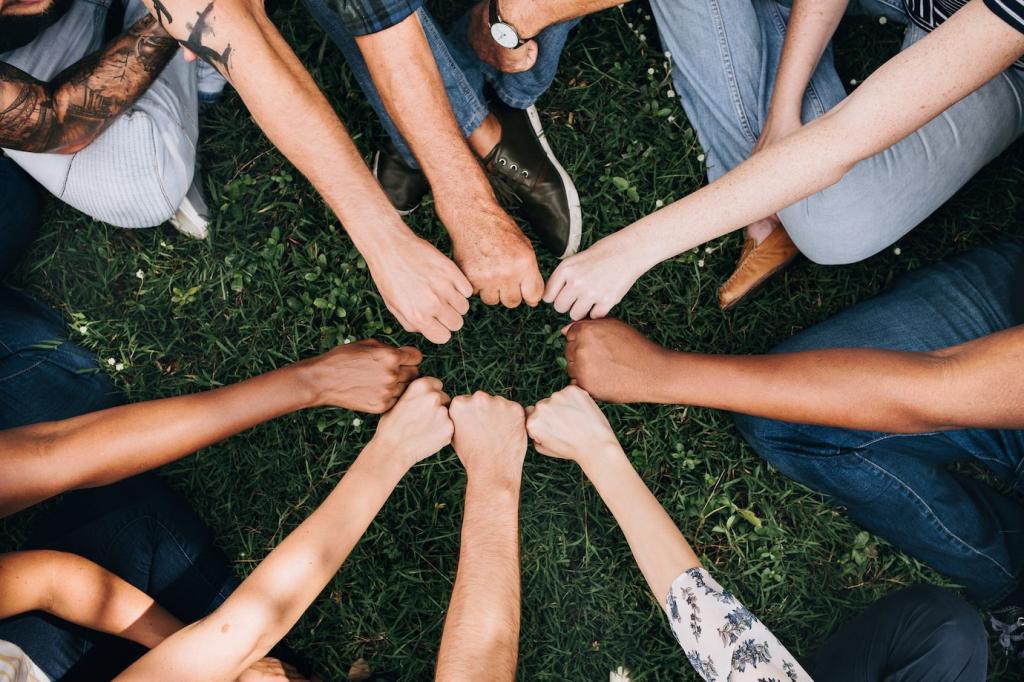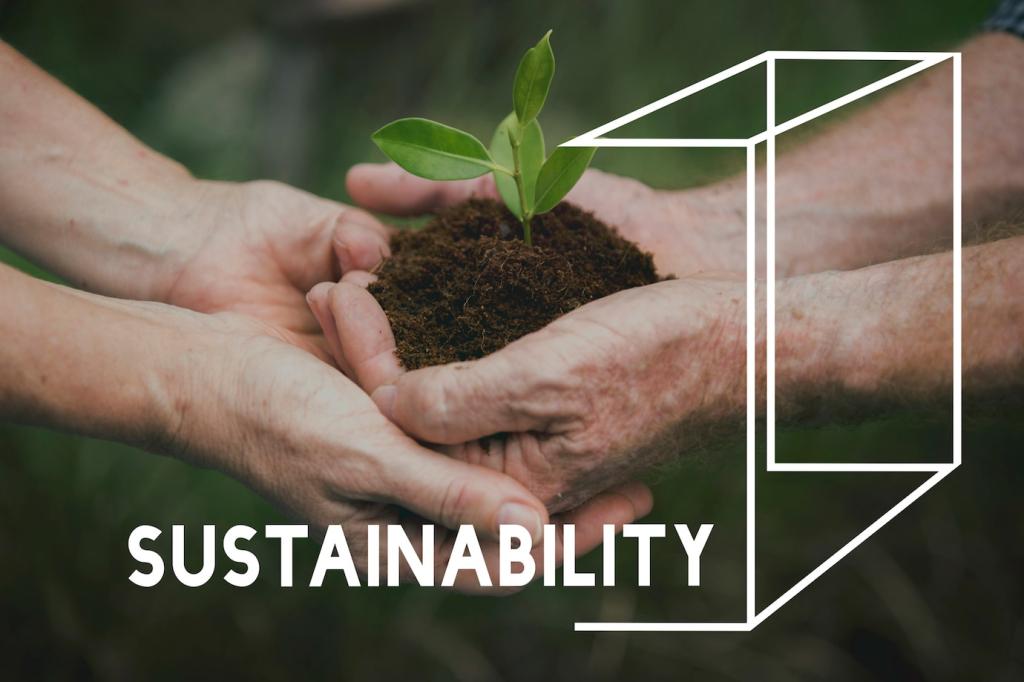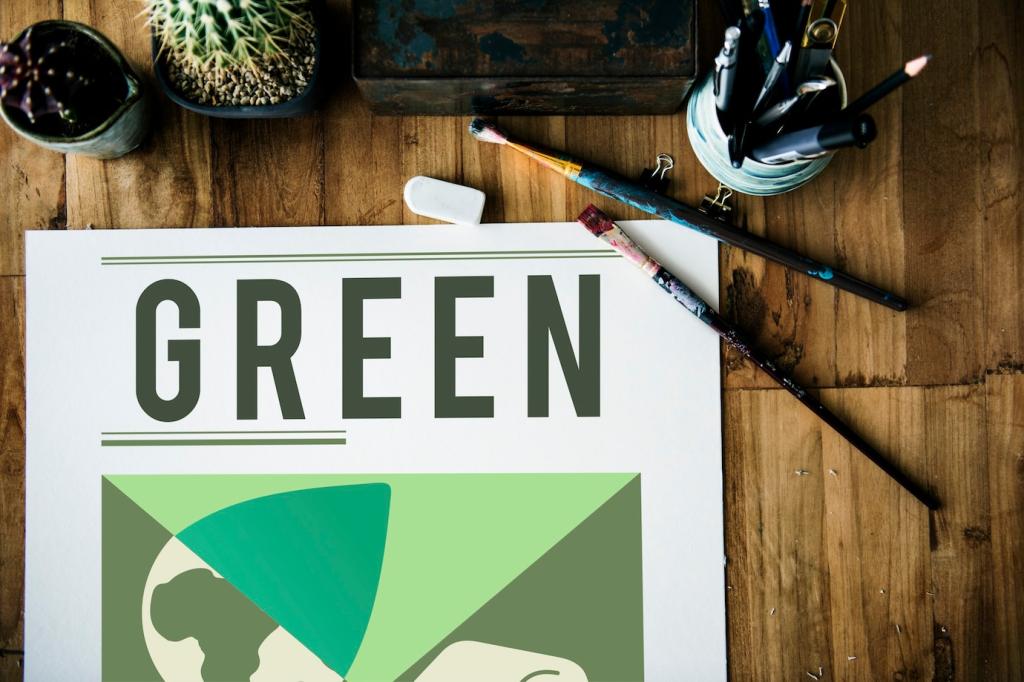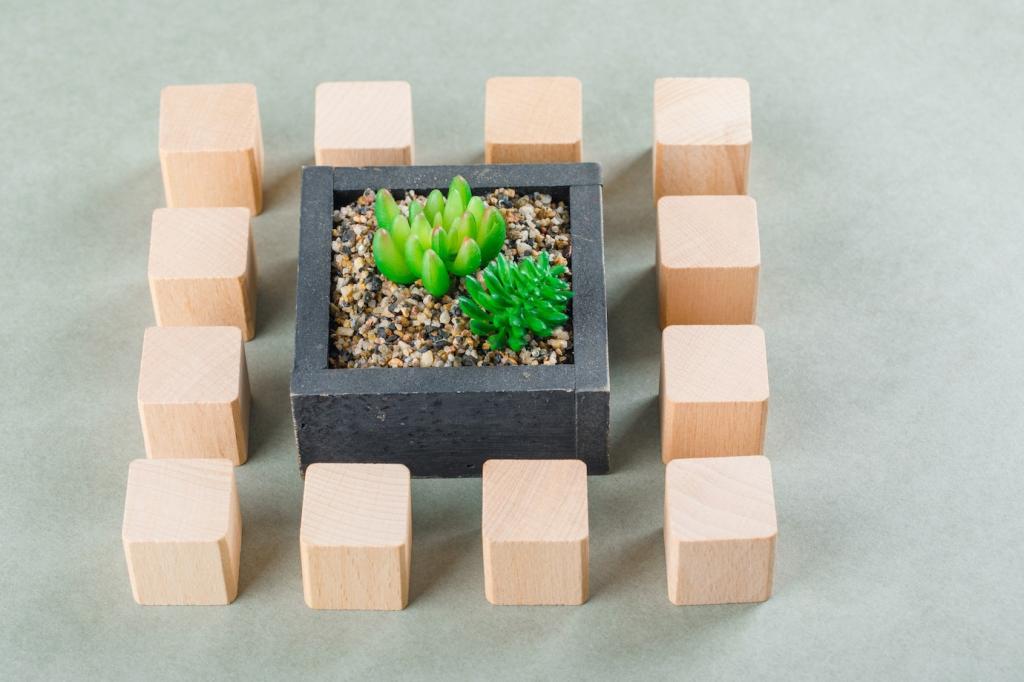Designing a Sustainable Minimalist Home
Prioritize natural light, cross-ventilation, and adaptable zones. Fewer partitions mean fewer materials and more flexibility. Open shelving encourages mindful ownership because clutter is visible, not hidden. Ask yourself before adding anything: Will this serve multiple purposes, age gracefully, and reduce future maintenance or energy use?
Designing a Sustainable Minimalist Home
Choose responsibly sourced wood, reclaimed metal, recycled glass, and non-toxic finishes. Natural fibers like wool, linen, and jute regulate temperature while avoiding synthetic microfibers. When possible, verify certifications and provenance. Tell us which materials you trust and why—your experience can help someone else avoid greenwashing pitfalls.


